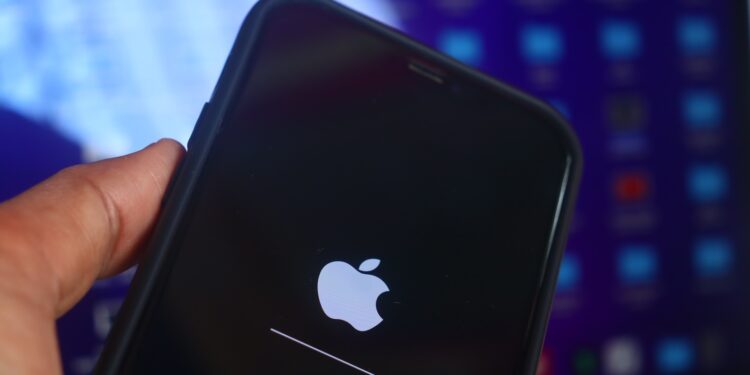Apple releases new software versions every year. This usually means new features, improved security, and a fresh look. But it also means that not every device stays on board. That's exactly what will happen again this year. If you use an older iPhone, iPad, or Mac, you should know if your device is still compatible with the new systems. Otherwise, there will soon be no more updates.
In a few days, Apple will unveil iOS 26, iPadOS 26, and macOS 26. The new software versions are expected at WWDC 2025. As every year, decisions will be made about which devices will continue to be supported—and which will be dropped. According to recent reports, Apple will discontinue support for several models. There is an initial list of devices that will likely no longer receive updates. Although this information is not yet official, it comes from reliable sources.
These iPhones will no longer receive iOS 26
Three iPhone models are affected :
- iPhone XS
- iPhone XS Max
- iPhone XR
All three were introduced in 2018. So far, they've received iOS 18, but iOS 26 seems to be the end of the update cycle. This marks the end of the update cycle after about seven years—a fairly typical period for Apple.
This iPad will probably be dropped from iPadOS 26
The changes in iPadOS 26 reportedly affect only one device:
- 7th generation iPad
The model was launched in 2019. It was an affordable entry-level device with a home button and lightning connector. It will likely no longer be supported starting with iPadOS 26.
These Macs probably won't get macOS 26 anymore
Several Mac models are affected, especially those with Intel processors. The following devices are reportedly on the chopping block:
- MacBook Air (2020, with Intel processor)
- MacBook Pro (2018)
- Mac mini (2018)
- iMac Pro (2017)
Although the 2020 MacBook Air seems relatively new, it's one of the last Intel models and could now be phased out. Apple is increasingly focusing on its own chips (Apple Silicon), and older Intel Macs are gradually fading into the background.
Supported does not automatically mean full functionality
An important point that many overlook: Even if a device receives an update, that doesn't mean it supports all of the new features. Apple often only introduces new features on newer devices. An example from last year: Many iPhones received iOS 18, but only some were compatible with Apple Intelligence. This is Apple's AI system that brings many new smart features. iOS 18 will run on older devices – but without the exciting extras. It will likely be similar with iOS 26, iPadOS 26, and macOS 26. Even devices that technically receive the update may not be able to use many of the new features.
Apple Support Ends: What It Means for Your Device
If you have an older Apple device, you should consider how long you plan to use it. Without software updates, you won't get any new features, nor will you get any security patches. And that can become a problem in the long run—especially if you use the device for banking, sensitive data, or work. It's no surprise that Apple discontinues support. Most devices are six to seven years old. So, if yours is on the list, you've already gotten a lot out of it. With the official release of the new versions, you'll know exactly whether your device is still included. When you buy a new device, it's worth checking its compatibility with future updates. Especially with Apple Silicon in Macs and newer iPhones, you not only get more performance but also longer support. The best products for you: Our Amazon Storefront offers a wide selection of accessories, including accessories for HomeKit. (Image: Shutterstock / Photo Agency)
- WWDC 2025: Is Apple planning more than just software innovations?
- WWDC 2025: Keynote livestream with iOS 26 and more
- macOS 26: What to expect from Apple's new Mac update
- visionOS 26 puts an end to half-baked gaming solutions
- Apple Design Awards 2025: Who won this year
- iOS 26: What's changing with the new iPhone update
- Apple Music: New WWDC25 playlist now available





